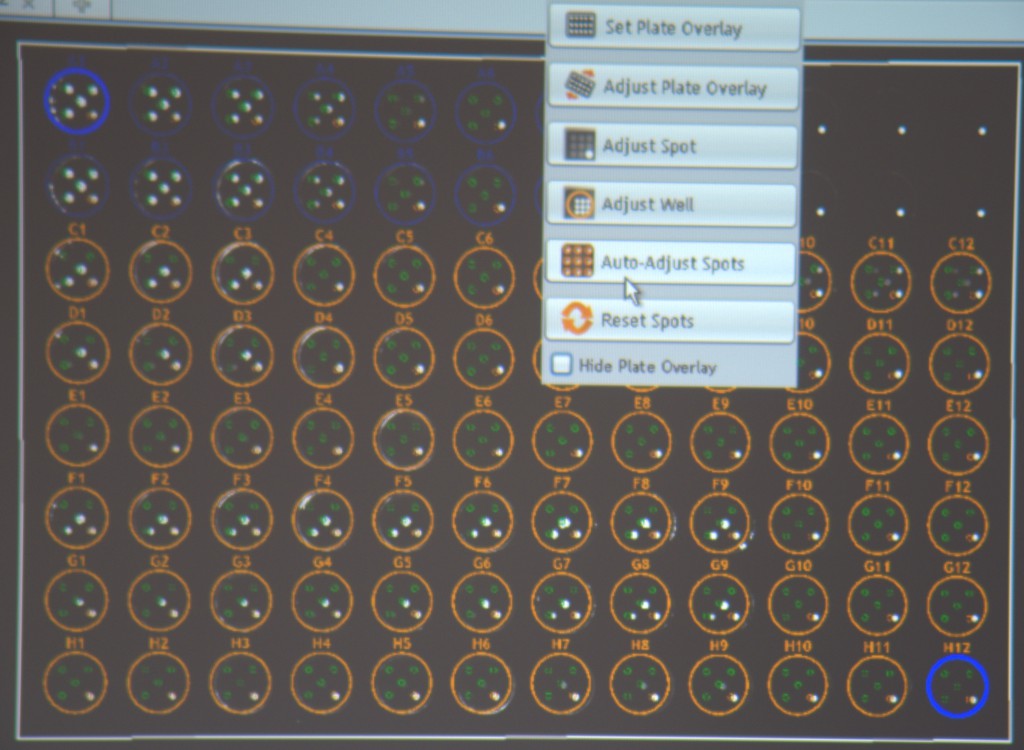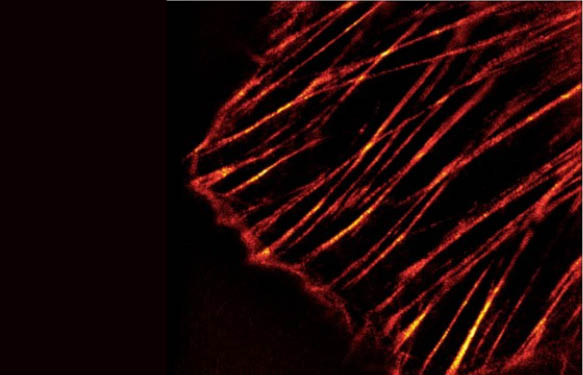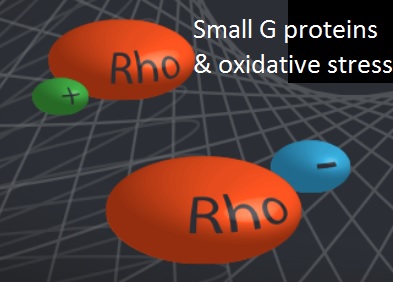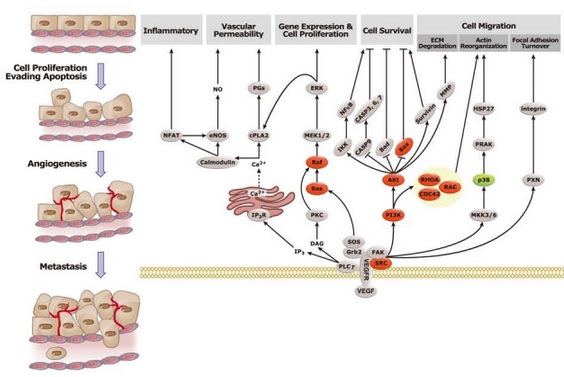Following our post on tumour microenvironment and glioblastoma, we will focus today on ameloblastomas.
Ameloblastomas are benign tumours that occur in the jawbone, and invade bone. This type of tumour is treated by surgery and can cause various problems, including changes in facial countenance and mastication disorders.
Ameloblastomas have abundant tumor stroma, including fibroblasts and immune cells. Cell-to-cell interactions in ameloblastoma have not been fully investigated yet. A recent publication by Fuchigami et al. has investigated the soluble factors (i.e. secretome) involved in the formation and progression of ameloblastoma.
Using the Q-plex technology in a human ameloblastoma cell line (AM-3), as well as human fibroblasts (HFF-2) and primary-culture fibroblasts from human ameloblastoma tissues, they analysed the effect of ameloblastoma-associated cell-to-cell communications. Q-plex was used to study the cytokine secretion, namely IL-1alpha, IL-6, IL-8. Fuchigami et al. conclude that ameloblastoma cells and stromal fibroblasts behave interactively via these cytokines to create a tumour microenvironment (TME) that leads to the extension of this type of tumours.
 Would you like to know more about the Q-plex technology? We recently organised a webinar on this technology. Contact us if you want to receive a link with the recorded version or the PDF with the presentation!
Would you like to know more about the Q-plex technology? We recently organised a webinar on this technology. Contact us if you want to receive a link with the recorded version or the PDF with the presentation!



